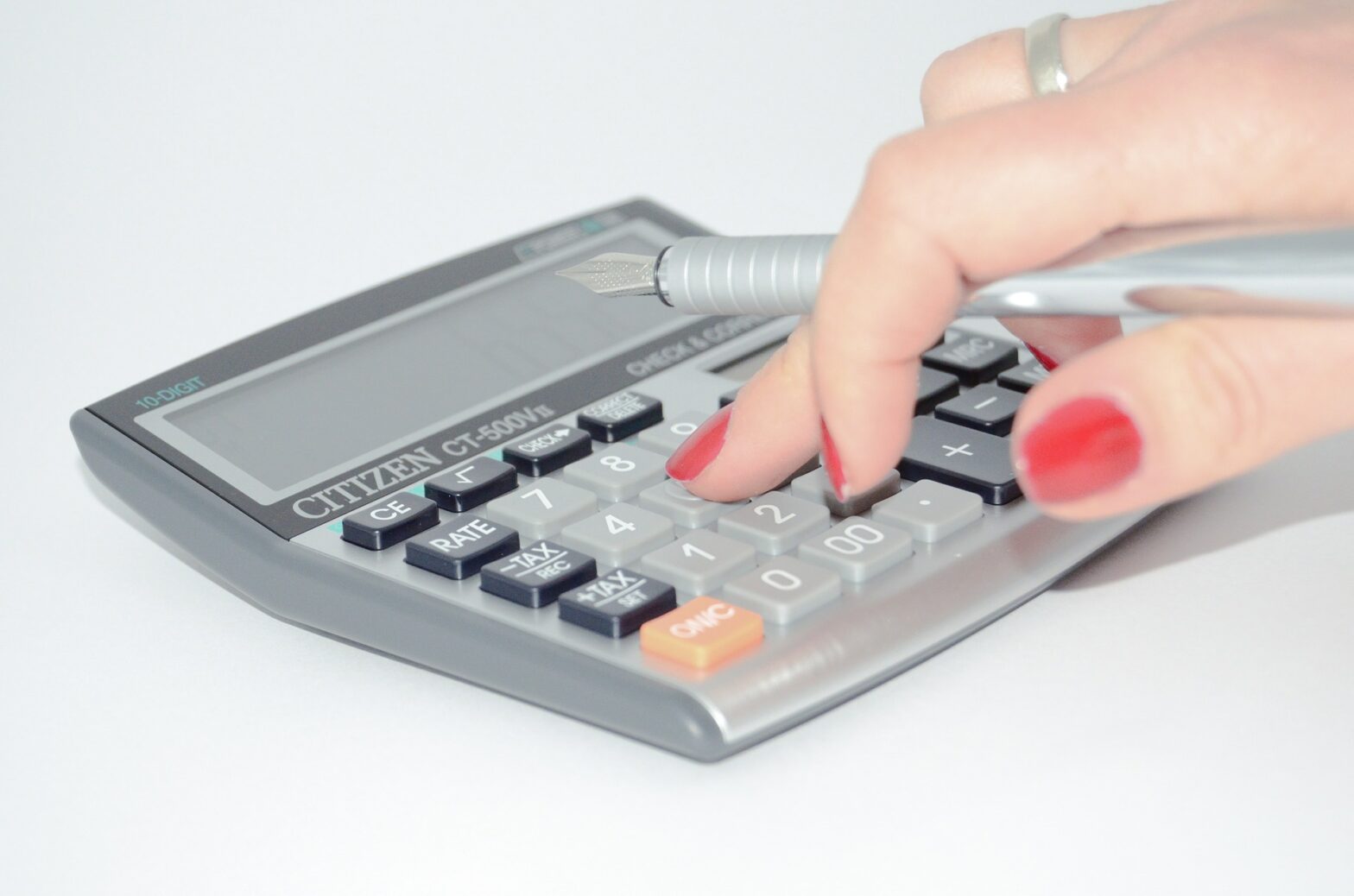I get a lot of customers on Facebook asking “what’s the comparison rate” of a particular loan.
For the average person, comparison rates are probably somewhat useful. They’re a quick filter to make sure you don’t get ripped off too badly.
A low comparison rate is generally good.
But a high comparison rate does not mean it’s bad, it just means you need to look into it a bit more. It can in fact be better than a loan with a lower comparison rate, if you know how to use the loan facility to your advantage.
Confused?
Let me first explain how a comparison rate is calculated for home loans (and investment property loans).
The comparison rate (if calculated according to the official definition) adds up the interest charges and the standard/known lender fees (such as the application/establishment fee and the annual fee), then expresses this total cost figure as an annual percentage, for a $150k loan over a term of 25 years.
Now, let me explain why a comparison rate may not be the ultimate figure to look at when comparing loans:
Shortcoming #1
An average loan size for a Sydney home owner is more than $150k.
A typical low-rate home loan from the major banks come with an annual fee of $395.
You divide $395 by $150k, you get 0.26%. So the comparison rate will be at least the interest rate + 0.26%.
However if your loan is $500k, the $395 annual fee is only 0.079% of the loan amount.
So I would argue that a more relevant cost figure is the interest rate + 0.079% (not 0.26%).
Shortcoming #2
A typical home loan term is 30 years.
If the home loan has a $600 establishment fee, $600 divided by 30 years is $20 per year (0.013% of a $150k loan).
But the comparison rate adopts a loan term of 25 years, so the $600 is divided by 25 years, i.e. $24 per year (0.016% of a $150k loan).
The difference is small, it’s not even worth mentioning, I don’t even know why I mentioned this…
Shortcoming #3
A lot of major banks advertise a low fixed rate for the next 1, 2, 3, 4 or 5 years, which then revert to a very high variable rate if you don’t contact the bank towards the end of the fixed-rate period.
As of March 2021, the revert variable rate with a lot of banks is more than 3%. So, because the low fixed rate is only for the first 1-5 years, and the high variable rate is for the next 20-24 years, your “comparison rate” will end up being very close to the high variable rate of more than 3%. This is because a comparison rate only looks at the standard/known figures. At the end of your fixed-rate period, the known figure is the revert variable rate.
However as a smart customer, what you can do is choose another low fixed rate at the end of your initial fixed-rate period, or if you for whatever reason do not want to do that, you can negotiate for a lower variable rate with the bank. You don’t necessarily need to refinance to another bank. You can stay with the exact same bank, and may not ever need to pay a rate anywhere as high as the comparison rate. It is common practice for the major Australian banks to give you a variable rate which is lower than the revert variable rate.
You do need to be organised and remember to contact the bank towards the end of your fixed-rate period. A lot of banks also send you a letter reminder, so even if you’re not too organised, chances are you’ll be fine.
Shortcoming #4
OK so, comparison rates only look at known figures. If your loan is a variable rate, the comparison rate assumes that the variable rate never changes for the next 25-30 years until your loan is finished. Chances are, it will change.
If the lender is really tricky, technically the lender can advertise a super sharp comparison rate, but then one year later they can bump up your variable rate by 1%, and they haven’t officially done anything wrong.
A variable rate can be increased at any time, without any reason whatsoever. It does not have to follow the movement in the RBA cash rate.
What do I look for?
If I’m taking a fixed rate loan, I look at the interest rate during the fixed-rate period, and add the annual fee divided by my loan amount (then multiplied by 100 to convert it into a percentage). I ignore the revert variable rate because chances are I’ll never pay this rate.
Most banks these days have an annual fee of $395 for most of their loan products. They usually don’t charge valuation fee and application/establishment fee. Some may have a one-off settlement/legal fee, which is not material if I do divide it by 30 years.
If the loan comes with a honeymoon/introductory rate (e.g. lower rate in the first 1-2 years), I may look at the revert rate or the best non-honeymoon/non-introductory fixed rate listed on the website, because usually the honeymoon/introductory rate is a true limited-time offer.

